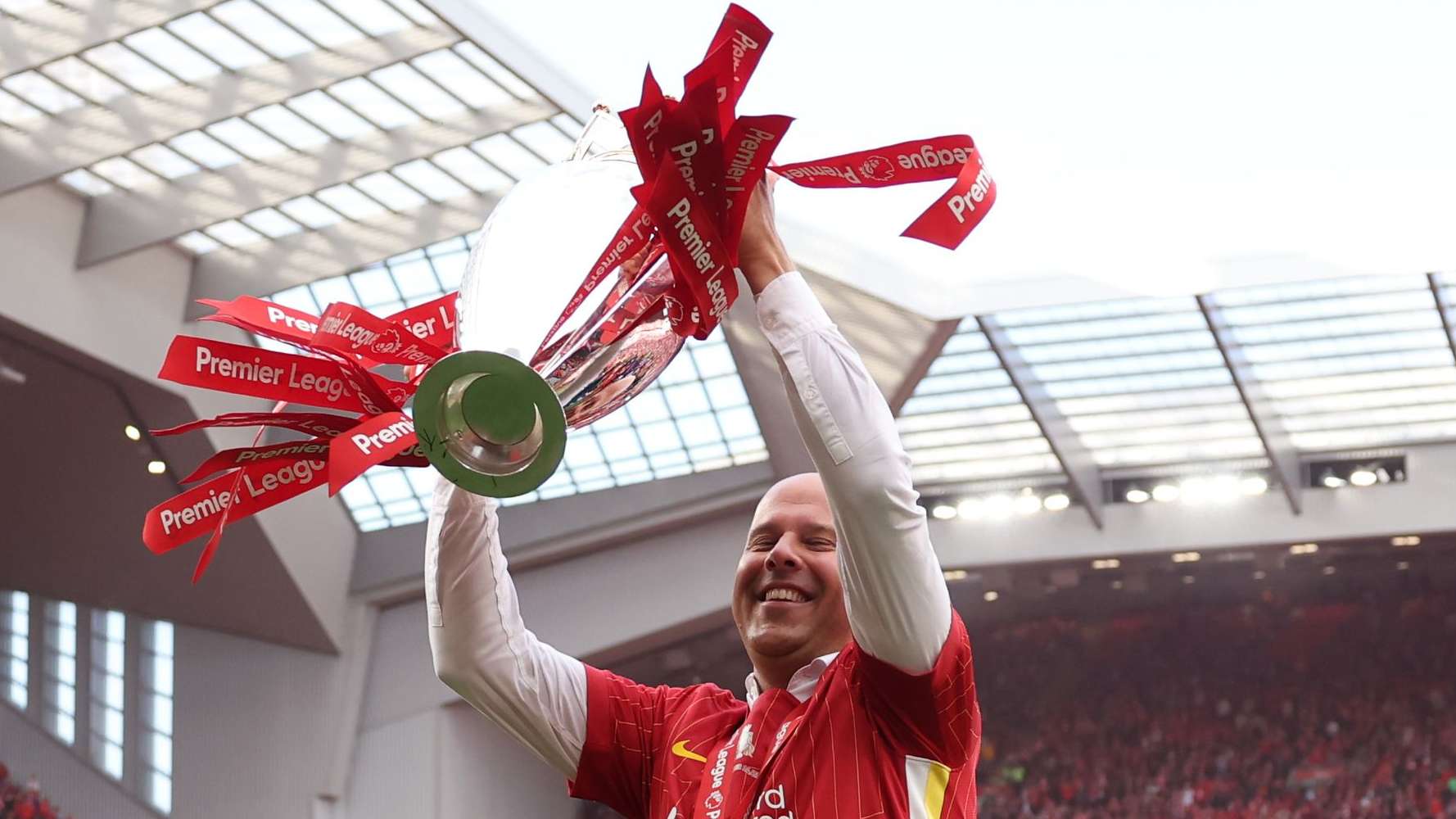
Explained: How Liverpool Can Afford Record Deal for Alexander Isak Without Breaching PSR Rules – Even After Spending Over £100m on Florian Wirtz
The Financial Logic Behind a Summer of Bold Spending at Anfield
In a summer that has already seen jaw-dropping transfer activity across Europe, Liverpool have thrown their hat firmly into the ring as one of the biggest spenders of the window. Arne Slot’s revolution is in full swing, and with names like Florian Wirtz, Jeremie Frimpong, and Milos Kerkez already added to the squad, the ambition at Anfield is clear.
Now, the Reds appear ready to take it a step further, pushing hard to land Alexander Isak from Newcastle United in what could be a club-record deal worth £120 million ($161m).
So how are Liverpool — long known for their relatively prudent spending — managing to stay onside of the Premier League’s Profit and Sustainability Rules (PSR) despite splashing out north of £185 million ($248m) already this window?
Let’s break it all down.
What’s Going On With Liverpool’s Summer Spending?
The club’s summer started with a bang — and hasn’t slowed since.
German sensation Florian Wirtz, fresh from a stellar campaign with Bayer Leverkusen, arrived for a reported £103 million. Left-back Milos Kerkez followed in a clever deal that could rise to £22m, while Jeremie Frimpong, a versatile right-sided option, joined for a fee just shy of £60m.
If you’re doing the math, you’ll have noticed Liverpool are rapidly approaching the £200 million mark. That’s blockbuster money, even by Premier League standards.
And now, Alexander Isak, Newcastle’s electric Swedish striker, is being lined up as the final piece of the puzzle — the marquee centre-forward Slot wants to lead Liverpool into a new attacking era.
Why Isak? Why Now?

Newcastle United FC v Everton FC – Premier League
From a footballing standpoint, it makes complete sense.
Slot’s system depends on intelligent movement, link-up play, and technical finishing — all traits Isak has in abundance. At 25, he’s entering his prime and would offer a level of dynamism that could finally bring a sense of order and clinical edge to Liverpool’s at-times erratic forward line.
With doubts lingering over Darwin Nunez’s long-term role, and Luis Diaz linked with a move away, Isak could be the crown jewel of a new-look front three, flanked by the likes of Mohamed Salah, Diogo Jota, and Wirtz.
But here’s the question: how do Liverpool afford all of this without triggering PSR penalties?
Understanding the PSR: What Are the Limits?
The Premier League’s Profit and Sustainability Rules (PSR) — formerly known as Financial Fair Play — restrict clubs to a maximum of £105 million in losses over a rolling three-year period, provided those losses are covered by ownership investment.
However, there are nuances. Clubs can deduct investment in infrastructure, youth development, women’s football, and community projects from their calculations. Also, player trading — buying and selling — plays a crucial role in balancing the books.
According to football finance expert Kieran Maguire, Liverpool’s position is not only safe — it’s strong.
“They were quiet in the market last year,” Maguire told TBR Football. “And they have sold one or two peripheral players — others are likely to leave. There’s talk about Luis Diaz going too, so it would be a one out, one in basis.”
Liverpool’s PSR Headroom: The Numbers That Matter
Let’s get into the real figures.
Liverpool reportedly posted a positive PSR margin of £48 million for the 2023-24 financial year, ending May 31. When combined with the £105 million cumulative loss allowance, that gives the club an effective spending headroom of £153 million.
But that’s not the full story.
The club’s total revenues for the year reportedly topped £700 million, driven by:
-
Strong matchday income
-
Global commercial deals (Nike, Standard Chartered, Expedia)
-
Deep runs in both the Champions League and domestic cup competitions
This surge in revenue further strengthens the club’s ability to absorb costs without PSR violations.
Add to that the expected outgoings — including potential sales of Darwin Nunez, Luis Diaz, Nat Phillips, and Caoimhin Kelleher — and Liverpool are not only spending big but spending strategically.
Smart Trading and Deferred Payments: Liverpool’s Secret Weapon
Another factor that shouldn’t be overlooked is how clubs structure deals.
Many transfer fees are paid in instalments, spread over the course of several years. Similarly, sales are often booked as immediate income, allowing for positive short-term PSR impacts.
Liverpool, under FSG’s guidance, have become specialists in managing this kind of financial choreography.
Maguire notes:
“Liverpool are an extremely well-run organisation from top to bottom. They have both the funds and PSR/squad cost rules capacity to spend a lot more money this summer. Isak would clearly be one area that they want to address.”
The Darwin Nunez Equation
Liverpool’s record signing until now, Darwin Nunez, has had a mixed spell at Anfield. While his work rate and potential are undisputed, his inconsistency has left fans and coaches frustrated.
The club is believed to be open to selling the Uruguayan forward if the right offer — potentially in the region of £70–80 million — comes in.
This would not only free up wages and squad space but would allow Liverpool to recoup a massive portion of the fee required to land Isak, softening the financial blow significantly.
What Happens If the Isak Deal Goes Through?

Liverpool FC v Crystal Palace FC – Premier League
If Liverpool do pull it off, Isak would become:
-
The most expensive signing in Liverpool’s history
-
One of the biggest-ever deals involving a Swedish player
-
A transformational figure in Slot’s attacking blueprint
And crucially — it would all be done within the legal and financial framework set by the Premier League.
Newcastle, facing their own PSR pressures, may ultimately be forced to sell, especially if they wish to fund their own squad improvements. A £120 million offer may simply be too good to turn down.
Final Word: Not Reckless, Just Ruthless
Liverpool’s transfer strategy this summer isn’t reckless — it’s ruthless. It’s the mark of a club that planned ahead, stayed within its means, and is now unleashing its financial power at exactly the right moment.
Arne Slot has walked into a club with the infrastructure, budget, and vision to compete at the highest level, and Alexander Isak could be the final move that makes that ambition tangible.
So when fans see headlines about another £120m mega-deal, they shouldn’t worry. This isn’t Liverpool breaking the bank.
This is Liverpool playing the long game — and playing it smart.




































There are no comments yet. Be the first to comment!